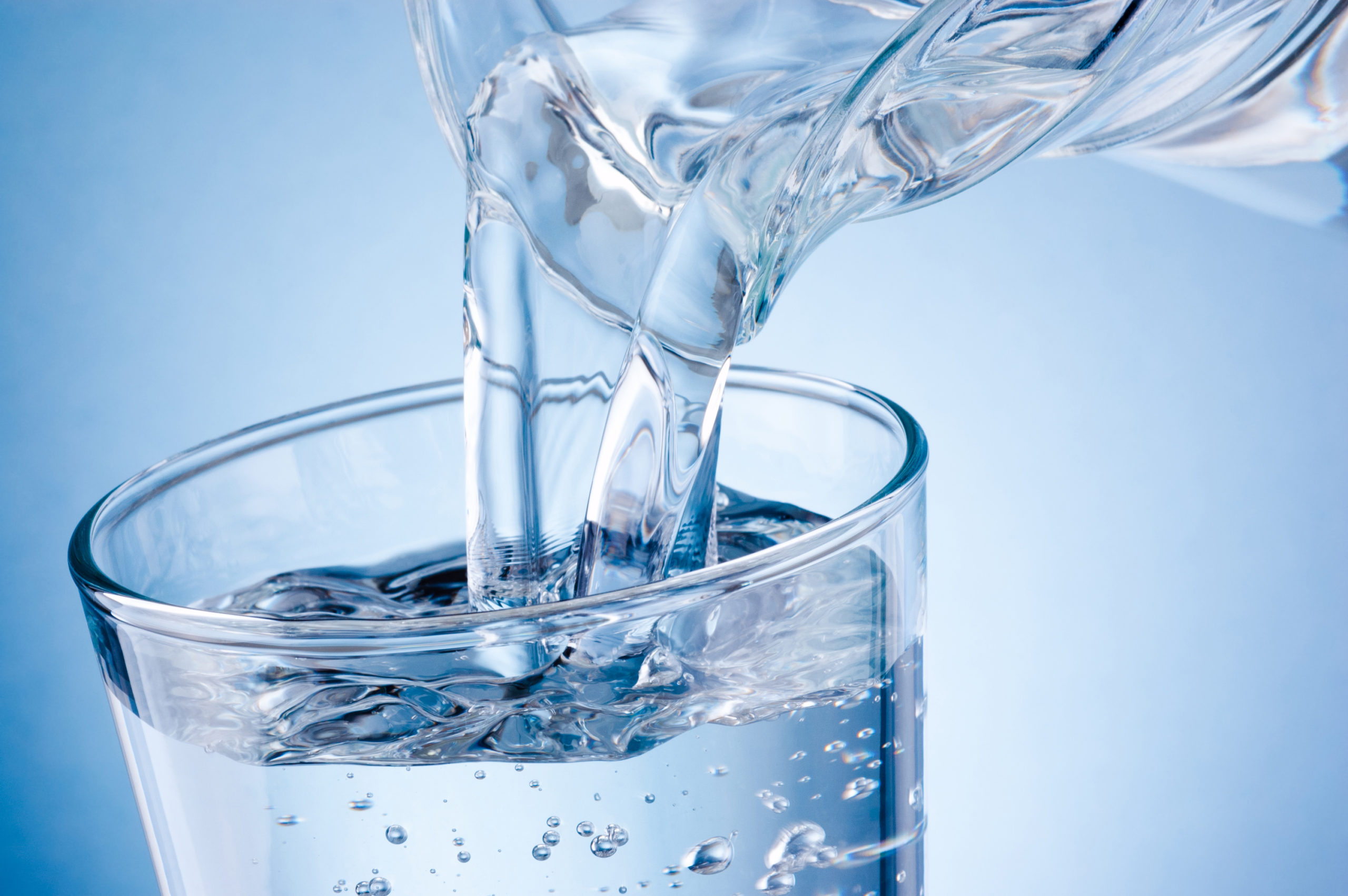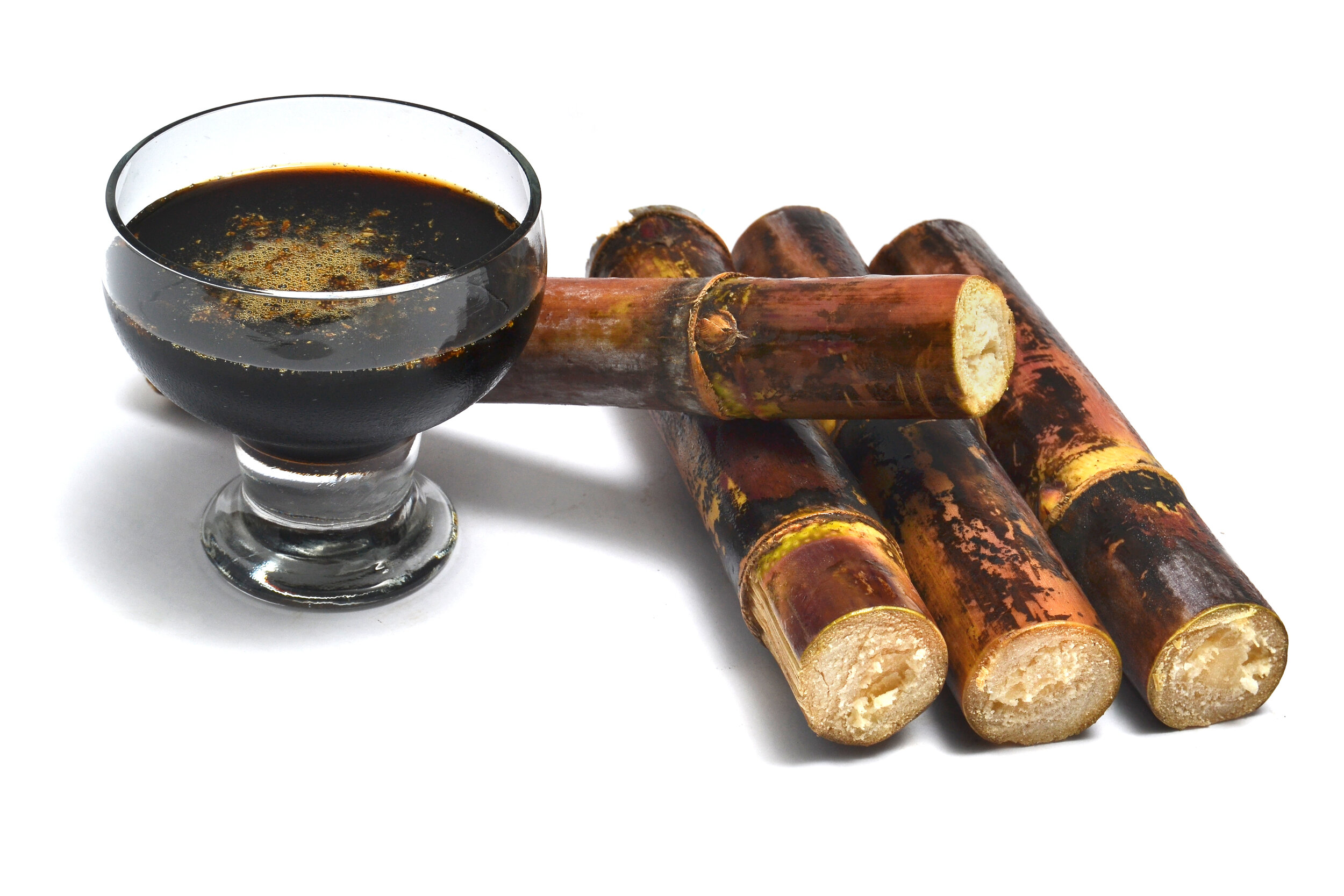What sugar cane products Reveal About Global Farming Shifts
Revealing the Manufacturing Keys Behind Sugar Cane and Its Diverse Series Of Products
The manufacturing trip of sugar cane is elaborate and multi-faceted. It begins in the areas, where mindful harvesting techniques set the phase for suitable sugar extraction. The process entails several phases, consisting of juice extraction and refining - sugar cane products. Sugar cane's possible prolongs far beyond mere sweet taste. Advancements in handling and sustainable techniques are reshaping its duty in contemporary markets. What exists in advance for this versatile crop? The solutions might surprise those curious about its future
The Trip of Sugar Cane: From Area to Factory

As sugar cane sways gently in the tropical breeze, it begins a transformative journey from area to factory. The lively green stalks, rich in sucrose, are cultivated under perfect conditions, taking advantage of adequate sunshine and rains. Farmers carefully keep track of the growth, guaranteeing the plants reach their peak maturity, which is crucial for making best use of sugar content.Once grew, the cane is planned for harvesting, where its coarse framework holds the assurance of pleasant items. The journey continues as the stalks are delivered to processing facilities, where they go through a collection of precise steps. At the manufacturing facility, the cane is washed, shredded, and pressed to draw out the juice. This juice is then clarified and vaporized, leading the means for condensation. Each stage of this journey is necessary, as it eventually establishes the quality of the sugar and other items stemmed from this flexible crop.
Collecting Methods: The Initial Step in Production
Gathering sugar cane needs accuracy and ability, as the timing and strategy straight influence the top quality of the end product. The procedure normally begins with determining the perfect harvest, which is important; sugar content comes to a head right before the plant gets to full maturity. Growers frequently rely on experience and farming signs to decide when to harvest.Two major methods control the gathering landscape: guidebook and mechanical techniques. Manual harvesting, though labor-intensive, enables cautious option of stalks and lessens damages. Workers make use of machetes to cut the cane near the base, guaranteeing the stalks continue to be undamaged for processing.Mechanical harvesting, on the other hand, makes use of specialized devices to reduce and collect the cane swiftly. While this approach significantly raises efficiency, it might result in greater levels of debris and reduced sugar content. Eventually, the picked technique influences not just the quantity however additionally the quality of sugar cane provided to refining centers.
The Extraction Process: Unlocking the Sweet taste
The extraction procedure is vital for transforming gathered sugar cane right into sweet juice. Various techniques of juice removal can greatly influence the top quality and yield of the final product. Comprehending these strategies is important for optimizing the advantages of sugar cane manufacturing.
Harvesting Methods Clarified
Launching the sweet taste of sugar cane begins with precise harvesting techniques that guarantee maximum yield and high quality. The process generally includes reducing the cane at ground level, making certain very little damages to the plant and enabling regrowth. Harvesters commonly make use of machetes or specialized devices, depending on the range of the operation. Timing is important; gathering takes place when the sugar material reaches its top, normally during completely dry periods. Furthermore, employees should be trained to determine the ideal stalks, avoiding those that are also old or unhealthy. Effective transport to processing centers is also necessary, as delays can lead to sugar degradation (sugar cane products). These thorough techniques ultimately lay the foundation for generating high-grade sugar and its diverse byproducts
Juice Removal Methods
Juice removal is a crucial action in transforming sugar cane into its pleasant significance. This process generally involves numerous techniques, each developed to efficiently remove the sweet liquid from the coarse stalks. The most usual method is milling, where the sugar cane is crushed in between heavy rollers to launch the juice. One more method is diffusion, which utilizes warm water to liquify the sugar from the cane fibers, making it a much more reliable choice for large-scale procedures. Furthermore, some producers use screw presses, which apply mechanical pressure to remove juice. After extraction, the juice undertakes information to remove pollutants before further handling. Each method shows the market's focus on optimizing return and making sure top quality sugar manufacturing.
Refining Sugar: Changing Raw Cane Into Granulated Gold
The refining process is essential for converting raw cane sugar right into the pure, granulated product consumers identify. sugar cane products. This involves a collection of removal and filtration steps to get rid of contaminations, followed by condensation and drying out techniques that enhance the sugar's quality. Recognizing these approaches reveals the complex makeover from cane to the golden granules that sweeten numerous foods and drinks
Removal and Purification Process
An essential phase in the sugar production journey includes the removal and purification of juice from fresh harvested sugar cane. This process begins with crushing the cane to release its wonderful juice, generally utilizing big rollers or mills. The removed juice has not just sugar yet also impurities, including fibers and mud. To ensure the juice is ideal for more refining, it undergoes a purification process. This involves passing the juice through different filters and clarifiers to remove strong fragments and undesirable products. Chemicals such as lime might be added to help in the information process. The result is a clear, raw cane blog here juice that acts as the foundation for producing polished sugar, prepared for subsequent stages of handling.

Condensation and Drying Out Methods
After the removal and filtering procedures generate clear raw cane juice, the next action in sugar production is formation. This process entails boiling the juice to vaporize water, enabling sugar particles to develop crystals. As the liquid thickens, it reaches supersaturation, prompting sugar to take shape. The blend is then cooled down, promoting more crystal formation. As soon as condensation is full, the sugar crystals are separated from the remaining syrup with centrifugation.The last phase involves drying, where the crystals are revealed to warm air to remove residual dampness. This step is essential, as it ensures the product attains the desired granulation and shelf security. The outcome is pure, granulated sugar, ready for packaging and circulation.
Past Sweet Taste: Diverse Products From Sugar Cane
While sugar cane is mainly acknowledged for its pleasant taste, its convenience extends far beyond simple sweet taste. This resistant plant works as the source for a myriad of products that deal with varied sectors. Ethanol, stemmed from sugar cane fermentation, plays an essential role in renewable resource, acting as a cleaner alternative to fossil gas. In addition, molasses, a byproduct of sugar refining, is used in pet feed, in addition to in baking and fermentation processes.Sugar cane's fibrous residue, recognized as bagasse, is not Continued wasted; it is transformed into naturally degradable product packaging products and serves as a biomass gas source. Numerous sugars and syrups obtained from sugar cane find applications in the food and beverage market, adding to flavor and conservation. The plant's fallen leaves can be made use of for thatching, while its juice is taken in as a renewing beverage in several societies. Subsequently, sugar cane exhibits farming possibility past its sweet reputation.
Technologies in Sugar Cane Handling
As advancements in innovation continue to improve various markets, sugar cane handling is experiencing a considerable transformation. Modern developments, consisting of automated harvesting and accuracy agriculture, are boosting performance and return. Drones and sensors keep an eye on plant health and wellness, allowing farmers to enhance irrigation and nutrient application, eventually increasing productivity.In handling centers, modern machinery and devices enhance operations. Advancements such as chemical processing and progressed purification techniques enhance the removal of sugar while minimizing waste. Furthermore, the fostering of real-time data analytics allows makers to monitor procedures closely, guaranteeing quality assurance and decreasing downtime.Biotechnology is likewise playing a critical role; genetic adjustments improve sugar cane's resistance to insects and ecological stressors. These innovations not only add to greater sugar yields however additionally facilitate the production of varied byproducts from the cane, expanding its industrial applications. In general, these technologies are paving the way for a much more reliable and lasting sugar cane processing industry.
The Future of Sugar Cane: Sustainability and Bioproducts
The future of sugar cane production is progressively linked with sustainability and the growth of bioproducts. As international need for environmentally friendly options increases, the sugar cane market is pivoting towards practices that minimize ecological influence. Advancements in growing methods, such as precision agriculture and incorporated bug administration, objective to enhance yield while reducing source consumption.Furthermore, sugar cane is being discovered as a raw material for biofuels, bioplastics, and other lasting items. These bioproducts not only offer a renewable alternative to standard fossil fuels and plastics but additionally add to a circular economic climate by utilizing waste materials.Research and advancement in biotechnology are leading the way for boosted sugar cane selections that need much less water and fertilizers, additionally promoting sustainability. By embracing these developments, the sugar cane industry can protect its future while attending to important environmental challenges, demonstrating its possible as a foundation of sustainable growth.
Often Asked Inquiries
What Are the Environmental Impacts of Sugar Cane Farming?
The environmental influences of sugar cane farming include deforestation, soil destruction, and water pollution. Additionally, using chemicals can harm biodiversity, while monoculture techniques minimize environment resilience, posturing long-term sustainability difficulties for farming methods.

Exactly How Does Sugar Cane Contrast to Other Sweeteners Nutritionally?
Sugar cane, abundant in carbs, supplies power but does not have necessary nutrients contrasted to choices like honey or maple syrup, which supply minerals and vitamins. Its high glycemic index likewise elevates issues over blood sugar level spikes.
What Are the Health Advantages of Consuming Sugar Cane Products?
The health and wellness advantages of consuming sugar cane products include boosted digestion, improved power degrees, and possible antioxidant properties. Furthermore, they might support hydration and offer important minerals and vitamins, contributing positively to overall health.
How Is Sugar Cane Waste Utilized After Processing?
After handling, sugar cane waste is made use of in different methods, including biofuel manufacturing, pet feed, and organic fertilizers. This sustainable strategy decreases ecological influence while maximizing source performance within the sugar industry.
What Are the Historic Beginnings of Sugar Cane Cultivation?
